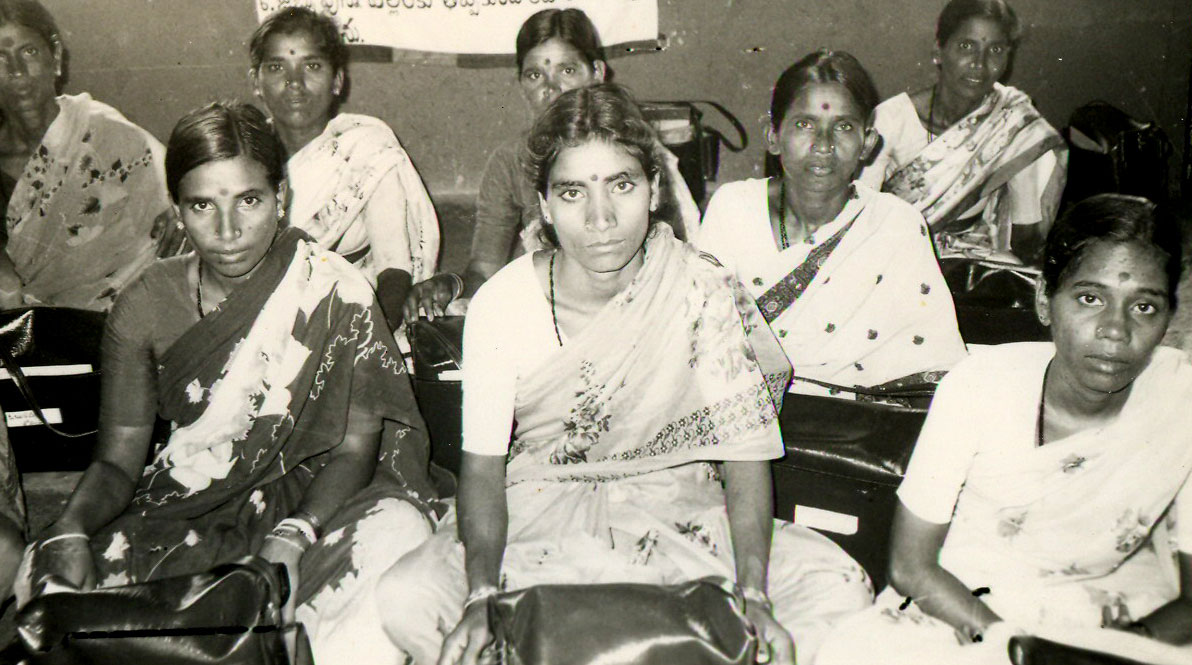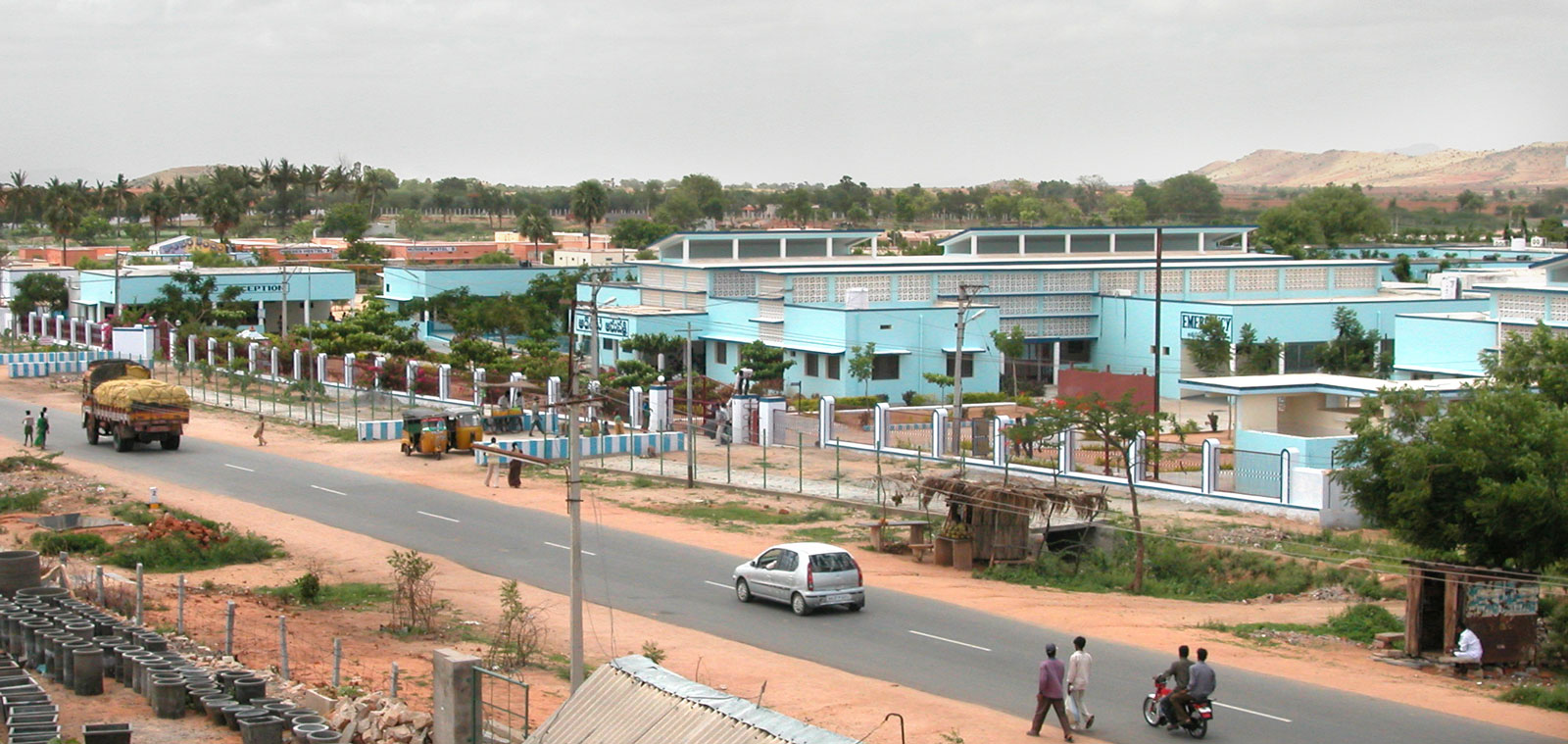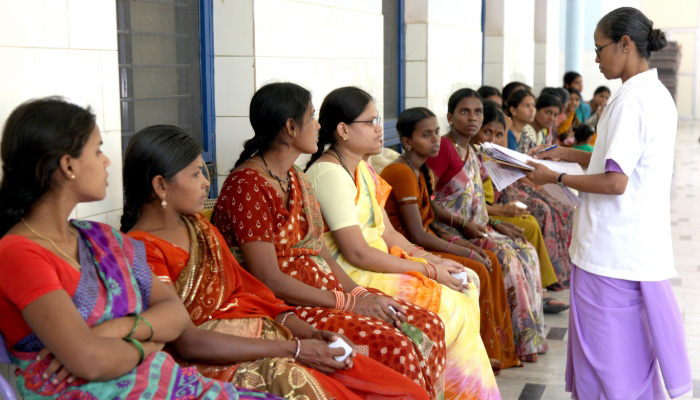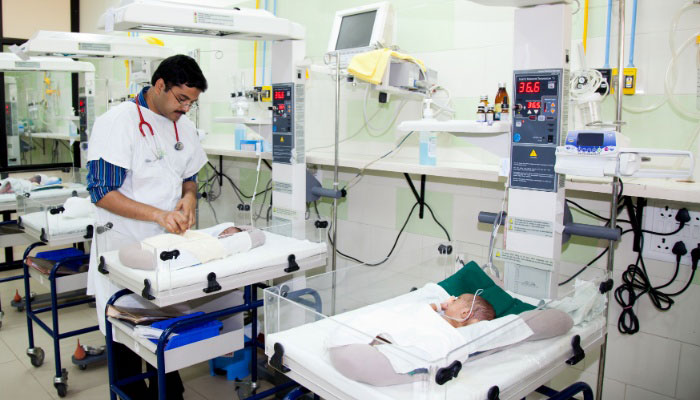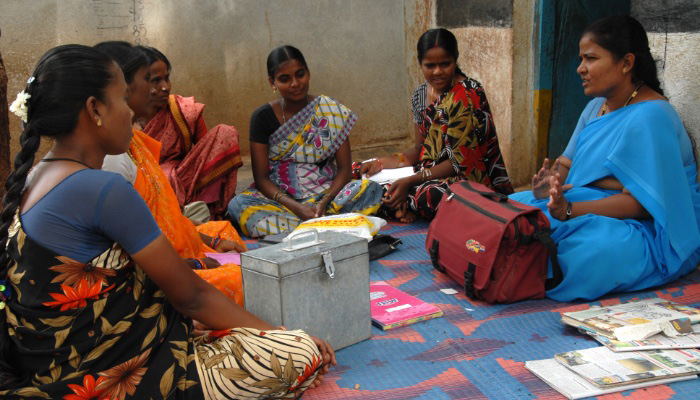Home > Blogs
Right to Health, Right to Life
- Rural Development Trust (RDT)’s Hospital Network consists of three hospitals, one of which has a Department of Infectious Diseases.
- Close to 218,000 people were admitted in the hospitals at Bathalapalli, Kalyandurg, and Kanekal during 2018-19.
The first RDT healthcare center in Kalyandurg ©RDT
One of the worst consequences of poverty is poor health, constant illness and being unable to recover due to poor diet. Existing healthcare infrastructure, in terms of quality and quantity, are inadequate especially in rural India. Lack of awareness and insufficient public spending on health plays a major role in depriving millions of their right to health.
From 1975-1980, RDT started its health program with a clear motto: to provide quality healthcare for the poor people living in rural areas. Something that was not even a dream then.
RDT’s rural health program is a combination of professional medical care provided through our hospital network and trained rural health workers that work on prevention and awareness of many different issues in the villages.
One of the first batches of the Community Health Workers in the 80s ©RDT
In 1976, to make up for the lack of qualified rural health workers, RDT sent the first batch of six people to Tamil Nadu to study Community Health for one and a half years. “The Community Health Workers (CHWs) and the Health Organizers (HO), called green and blue angels respectively for the color of their saris, are of vital importance for us, the doctors. They are our eyes in the villages. With their help we can reach the more remote areas and save the patient,” says Dr. Y. Bala Subbaiah, Director of the RDT Hospital Network
Today, more than 3,000 villages are covered by the HOs and more than 1,000 CHWs conduct home visits, take care of the nutrition program and are in charge of the follow-up of chronic patients. They also spread awareness on the immunization, giving birth in hospitals, and healthy and hygienic habits.
In 1978, RDT started running two primary care clinics, first in Kuderu, and later on in Kalyandurg to provide basic assistance to the needy. At that time, in villages, when people had an emergency such as a difficult delivery or an appendectomy, they had to travel 60 to 100 Kilometers by bus or a bullock cart to reach the nearest hospital. Often it was too late.
The lack of easy access to health facilities and the difficulties to retain doctors are still the major challenges of healthcare in the rural areas.
Vicente Ferrer with Dr. Bala Subbaiah in Kalyandurg Hospital ©RDT
“When I joined Kuderu Hospital in 1991 I was shocked,” remembers Dr. Bala Subbaiah. “I was the only doctor and there were only a few nurses. Knowing fully that I was the only hope of survival for many is what kept me working”.
“On numerous occasions I told Vicente Ferrer, ´Doctors are not keen on working in rural areas and you want to build a hospital in a village. It will be very difficult´. He always gave me the same answer: ‘Probably it will be easier to run the hospital in a city or town but most of our patients came from the villages. Even if it is difficult, we have to run the hospital here’.”
A wide view of the RDT Hospital in Bathalapalli ©Nagappa/RDT
In 2000, one of RDT’s dreams came true with the opening of a secondary-level hospital in Bathalapalli. It has 12 different departments such as internal and family medicine, general surgery, orthopedics and traumatology, internal medicine, Emergency Unit, Gynecology and Obstetrics, Neonatology and Pediatrics among others. It has been recently recognized as a reference hospital under the Dr.YSR Aarogyasri health scheme by the government of Andhra Pradesh.
During 2018-19, 24,233 people were admitted in the hospital (57% of them women) and around 394,000 out-patients visits were completed.
Later on, a primary health care center was set-up in Kanekal and in 2006, the Kalyandurg Hospital was upgraded to secondary-level.
The obstetrics and genecology department in RDT Hospital ©RDT
Since the beginning, women and children’s health has been a priority of RDT’s health programs. “We treat 50-70 cases daily, mostly young pregnant women between 20 to 25 years old. This is the only hospital within 50 kilometers where caesarean sections can be performed. In addition, approximately three out of four women suffer from chronic anemia, mostly due to severe malnutrition. This complicates pregnancy. We also treat many cases of infections, hemorrhages and uterine diseases,” explains Dr. Manjula, Head of Gynecology and Obstetrics in RDT Hospital, Kalyandurg for the last four years.
Situated 60 Kilometers from Anantapur, Kalyandurg hospital’s gynecology and obstetrics department has conducted more than 15,000 deliveries in the last two years and performed over 2,200 surgeries.
The Neonatal ICU in the RDT Hospital. ©RDT
In India where malnutrition and child mortality are alarmingly high, the disparity in child healthcare is serious. In 2018, the pediatrics department in Bathalapalli was recognized by the National Neonatology Forum of India for the quality of its infrastructure and treated 2,768 patients of which 40% were females.
Moreover, more than 1,600 infants were admitted last year in Bathalapalli´s Neonatology Intensive Care Unit with an average stay of 6 days.
The Hospital for Infectious Diseases ©RDT
“Everybody has right to live with dignity and ensuring this basic right is exactly what we do in our Hospital for Infectious Disease (HID),” remarks Dr. Bala Subbaiah. In 2006, RDT started the HID, also known as the Care and Support Center, to treat people living with HIV and Tuberculosis (TB). “Before, people used to think that if they had HIV they would die and that it was probably better. We are changing this misconception here,” he adds.
The HID has become a reference in South India in recent years and apart from Anantapur, people from Kurnool, Kadapa and Chitoor districts are also treated in this facility.
HID was the first private hospital to have an in-patient facility for HIV and TB and to be authorized to provide free second line antiretroviral treatment in India, after being recognized by as an ART+ Center by Andhra Pradesh State Aids Control Society (APSACS) through the National Aids Control Organization (NACO)
As of 2018-2019, close to 7,300 people are currently registered for ART therapy and 2,785 Tuberculosis patients, out of which 248 are Multi-Drug Resistant (MDR) TB received treatment.
The mycobacteriology lab that started in 2018 at the RDT Hospital in Bathalapalli. ©RDT
The new mycobacteriology lab in the Bathalapalli Hospital, built in 2018 according to the recommendations of the World Health Organization allows quick and accurate diagnosis of those suffering from MDR-TB making timely diagnosis and treatment possible.
This lab is the third facility of its kind in the whole of Andhra Pradesh that is authorized to detect resistance to antibiotics in patients with TB under the Revised National TB Control Program (RNTCP).
A health organizer talking to a group of women in the village. ©RDT
Healthcare in rural India faces serious disparities. Apart from strengthening infrastructure, there is a dire need for providing access, both in terms of proximity and knowledge. That is why RDT’s healthcare programs combines professional medical support with a network of health workers to reach out on a grassroots level. Together they pave the way to free communities from the burden of diseases.
Text: Aina Valldaura, adapted by Vicente Ferrer Foundation USA

Meehanski: “My disability hasn’t stopped me from making my dreams come true”
09/29/2022Meehanski defines herself as a feisty and stubborn woman, but above all independent and ha...
READ MORE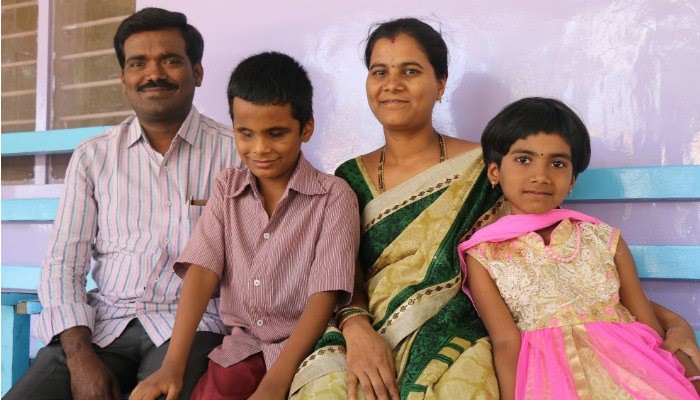
Visually impaired student becomes a Telugu singing star
09/28/2022“When I sing, I feel invincible,” says Sreesanth Naik. At the young age of 10, he has ...
READ MORE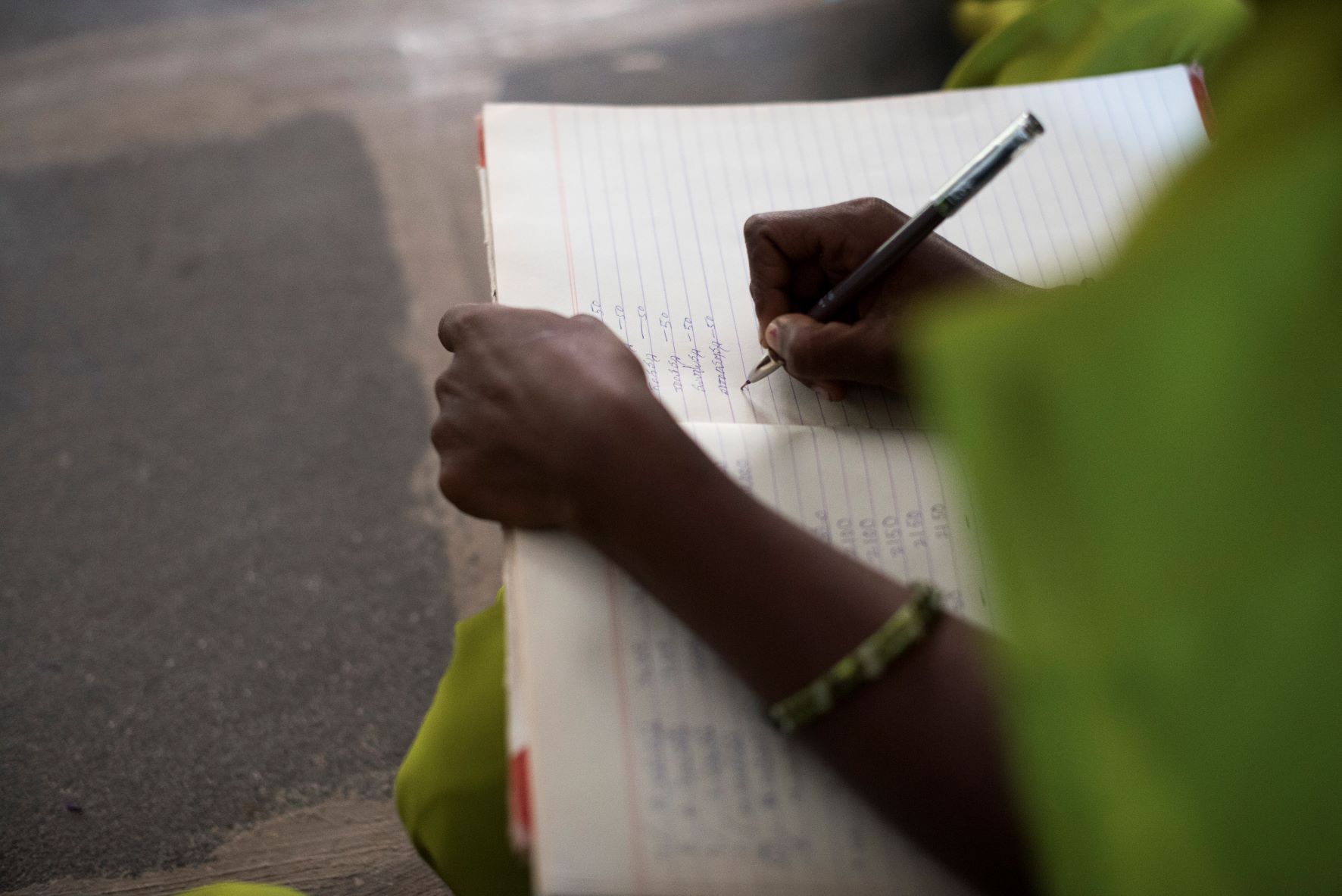
Malleswari’s Story: How Education Helps Breaks the Cycle of Poverty
12/22/2021Born in a village located in the deep forest of Nallamala in the Indian state of Andhra Pr...
READ MORESupport our work to help individuals and communities affected by COVID-19
Would you like to know how we use the funds?LEARN MORE
 October 18, 2019
October 18, 2019
